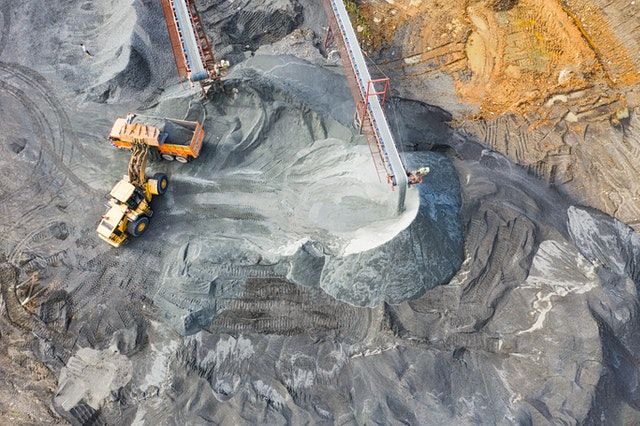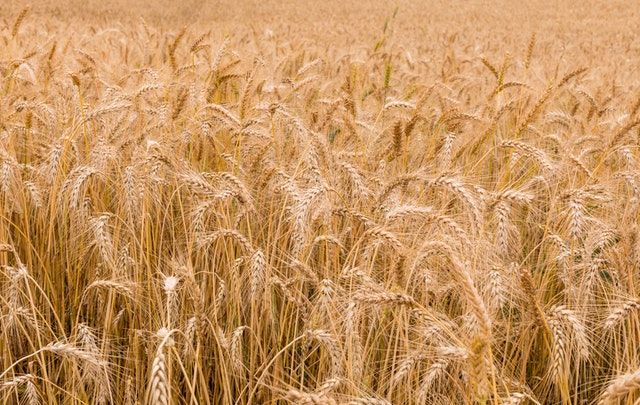Beyond the human suffering and loss created by the Russian invasion of Ukraine are fears that the war will have repercussions on raw material markets. With global supply chains already struggling to recover from the COVID pandemic, the loss of output from the region will further exacerbate the problem, increasing prices and hindering production of a multitude of goods.
This analysis will outline which raw materials may be worst hit.
Ukraine – A Major Raw Materials Supplier
It will surprise many to learn that Ukraine is a world leader in extracting, processing, and supplying raw materials. In fact, Ukraine:
· is Europe’s largest producer of ammonia.
· has the world’s second largest manganese ore reserves (2.3 billion tonnes or 12% of global reserves).
· has the world’s tenth largest titanium ore reserves.
· has Europe’s largest proven reserves of uranium.
· has the world’s largest iron ore reserves (30 billion tonnes).
· has Europe’s second largest mercury ore reserves.
· has Europe’s third largest shale gas reserves (22 trillion cubic metres).
· has the world’s seventh largest coal reserves (33.9 billion tonnes).
· has the world’s fourth largest total value of natural resources.

Ukraine – The Breadbasket of Europe
With a huge land area (the 45th largest country in the world), Ukraine is a major supplier of food and has historically been known as Europe’s breadbasket.
While Russia is the world’s largest producer of wheat, Ukraine’s location on the edge of Europe makes it a central exporter, such that Russia and Ukraine combined account for 29% of global wheat exports. If ongoing, the war may therefore impact bread prices everywhere.
As Alan Holland, CEO and founder at sourcing technology company Keelvar, notes, “Even though harvesting season is still a few months away, a prolonged conflict would create bread shortages [and increase consumer prices] this fall.”

In addition to wheat, Ukraine is also:
· the world’s largest exporter of sunflower and sunflower oil.
· the world’s second largest producer of barley (and fourth largest exporter).
· the world’s third largest producer of corn (and fourth largest exporter).
· the world’s fourth largest producer of potatoes.
· the world’s fifth largest producer of rye.
· the world’s fifth largest producer of bees.
· the world’s ninth largest producer of eggs.
· the world’s sixteenth largest exporter of cheese.
The Ukraine Conflict and Metallurgy
Both Russia and Ukraine are net exporters of steel, with a combined 40 million tonnes. But as the war continues production is likely to be reduced from the 2021 levels of 32 million tonnes per year. Ukraine may lose its place as the tenth largest steel producer in the world, instead becoming a net importer. This will seriously impact prices.
However, other countries are also concerned over how sanctions against Russia will affect their economies. India, for example, exports $200 million worth of stainless steel to Russia. This market may now be closed or disrupted indefinitely.

Furthermore, notes Indian Steel Association Secretary-General Alok Sahay, there may be payment problems for material which is already in transit or under export. “I think at any given time, US$70-80 million will be stuck in payment - [creating] uncertainty on how that money will be realised.”
Added to this is Ukraine’s value to other metal markets, as the country is:
· the world’s fourth largest titanium exporter.
· the world’s third largest iron exporter.
· the world’s eight largest exporter of ores and concentrates
· the world’s fourth largest exporter of clay
The impact on raw material markets is already being felt. As Sahay makes clear, stating that, “The current situation is already getting reflected in higher oil and gas prices, leading to an increased cost of energy. Moreover, commodity and raw material prices will also see a steady increase.
"For example, coking coal prices have further started increasing, which was already at an elevated level. This, in turn, will impact the input cost of production.”

Alongside Ukraine’s prowess as a supplier of ores and finished metals, Russian production may also be hampered by sanctions and through its geographical connection to a region at war.
Russia is a major producer of nickel, neon, palladium, and platinum, and controls approximately 10% of global copper reserves. Copper is often seen as a bellwether metal, as it is a key raw material for electronics and the construction industry.
Markets have already reacted to the conflict with a rise in prices. For example, palladium (used in products such as car exhausts, mobile phones, and dental fillings) is currently valued at almost US$2,700 per ounce, a more than 80% increase since mid-December.
How other markets will react as the war drags on can only be speculated on. However, with raw material suppliers already struggling to meet demand, the economic cost of the conflict and its impact on markets may surprise everyone – even Vladimir Putin.
Photo credit: Pexels, Anthony Trivet, Tom Fisk, Kateryna Babaieva, & Brett Sayles